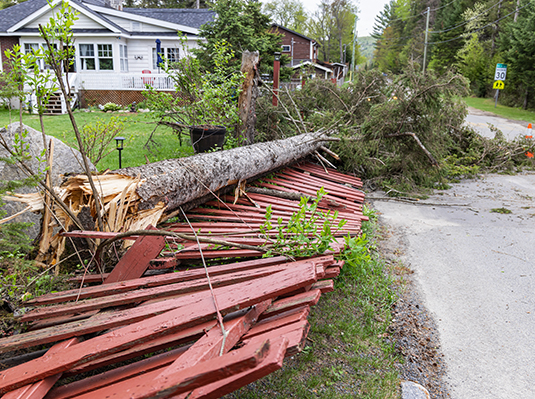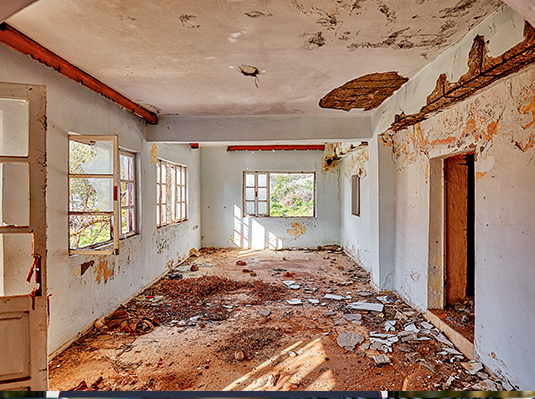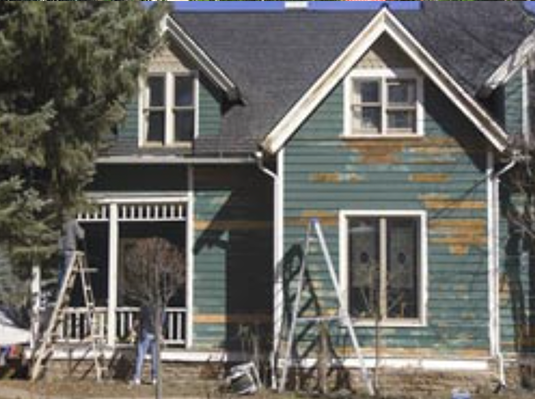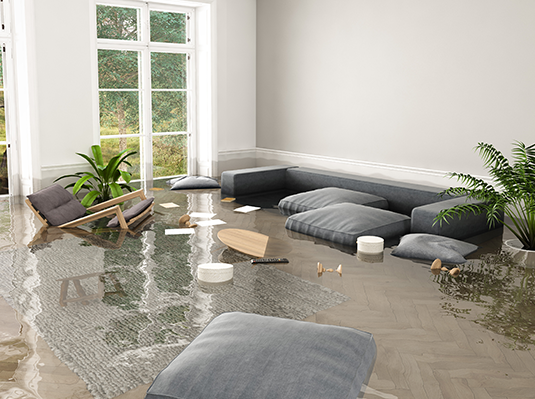
When discovering fence damage, it is natural to wonder if the repairs will be covered under the home insurance policy. The good news is that there is typically some level of coverage built into a homeowners insurance policy for fencing on the property, but there are a few factors to look at when evaluating fence damage.
How are Fences Typically Covered?
Fencing is typically built into one of the primary coverages on a homeowners policy, specifically, Coverage B. Coverage B gives homeowners coverage for separate structures on their property that are not attached to the main house. Sheds, playground sets, detached garages, and fencing are common examples of these separate structures. Most home insurance policies will give coverage up to 10% of the limit that they have for the coverage on their main home. For example, if a homeowners policy has coverage on their home for up to $400,000 in damage, they will likely have $40,000 for separate structures such as fencing.
Keep Fencing Properly Maintained
After confirming that your policy does have a substantial limit for separate structures, you’ll want to be sure that your homeowners policy has coverage for the actual force that caused the damage. Most policies will have coverage for wind damage or falling objects like trees or limbs. Keep in mind that as with any part of your home, you must maintain proper upkeep on your fence. If your insurance company discovers that there was previous damage or weakening to the fence, the claim could potentially be denied under the premise that the damage was a product of wear and tear. For this reason and many others, you must keep your fence well-maintained and it is a good idea to keep current photos of your home and other structures so you can share them with your assigned claims adjuster.
Damage From Neighboring Trees
Occasionally, fencing is damaged by a falling tree from a neighbor’s yard. This can make the entire scenario a little more complicated. Many homeowners assume they must demand the neighbor to pay for the repairs. Some assume that the neighbor’s insurance will cover the bill. Essentially, if your neighbor’s tree falls during a storm and damages your home, your own homeowners insurance policy will likely pay out for the repairs. This is because there is no coverage or limit on the neighbor’s policy for your home, but there is on your policy. Wind and falling objects are covered by most home insurance policies so this will likely fit within the realm of your coverage. Depending on the situation, your homeowners insurance company may choose to attempt to collect from the neighbor’s insurance company through a process called subrogation, but this should take place after repairs are completed on your home.
While damage to fencing may seem like a small issue when compared to damage to a primary home, we have to remember that fencing is expensive and can be labor-intensive to replace. Knowing the coverage that you have on your homeowners policy to cover this type of damage can potentially save you thousands of dollars. Be sure that your homeowners insurance policy has a separate structures limit that is equal to at least 10% of the rebuild cost of your home. Then, increase this if your home has more fencing or separate structures than most homes of relative size. Your insurance agent can walk you through what options you have with your current carrier and make a recommendation based on their expert knowledge. Finally, be sure to maintain proper upkeep and maintenance on your fence at all times to avoid potential denied claims.
The contents of this article are for informational purposes only. You should not act or refrain from acting based on this information without first consulting a Goosehead licensed agent at [email protected]. We disclaim all liability for actions taken or not taken by you based on the contents of this article which is provided "as is." Goosehead makes no representation that this content is error-free.


